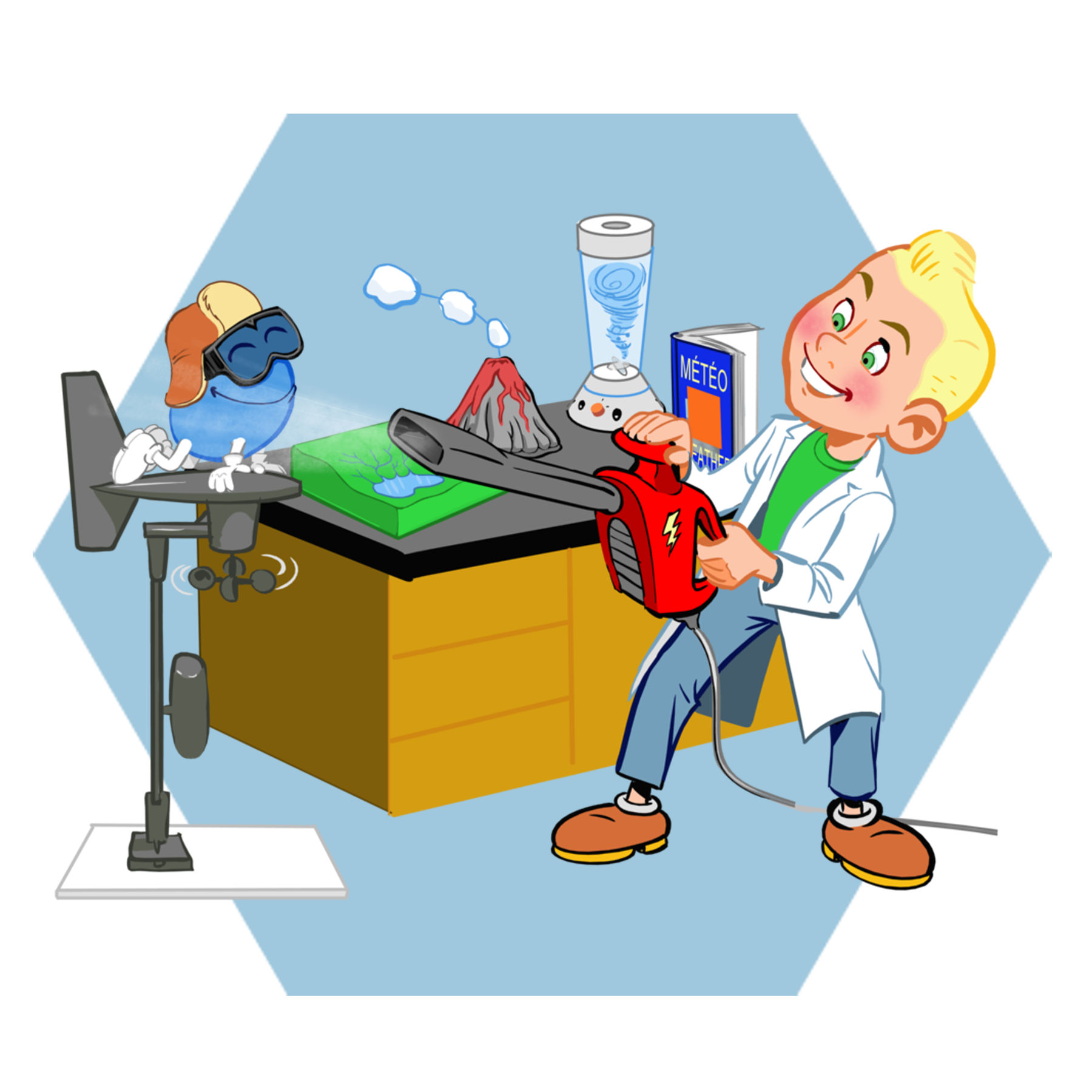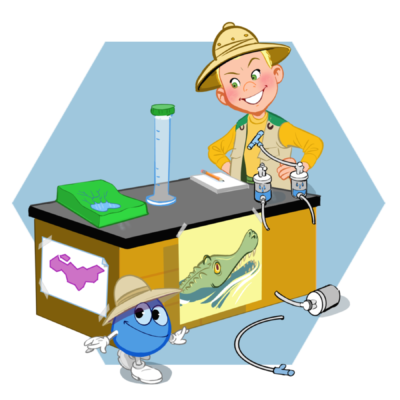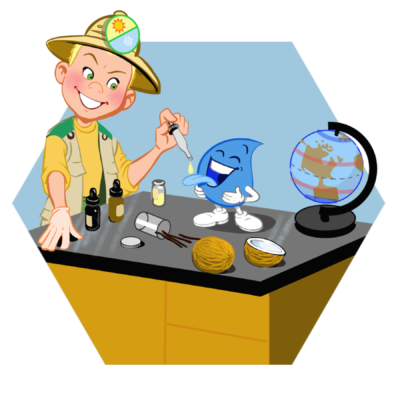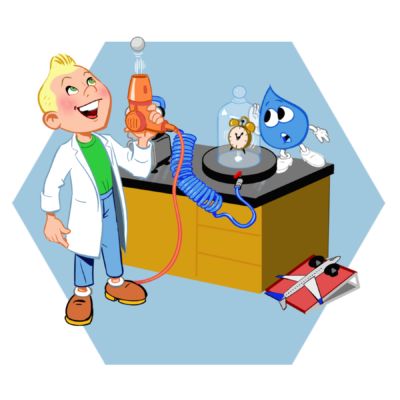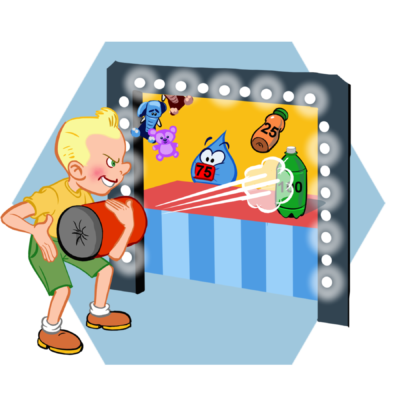Profaqua is an organization registered in the scientific culture section of the culture at School program of the Quebec Ministry of Education and Higher Education.
Weather (British Columbia)
“It’s raining, it’s pouring, it’s the frog’s birthday!”
A picnic in the rain is no fun! To prevent their family from being disappointed, youths will learn how to predict weather conditions as best as they can by developing their own hypotheses through four fun and exciting workshops. No need to know if the groundhog will see its shadow; you can rightly say to your aspiring meteorologists that they weren’t born yesterday!
On the menu:
1) Water cycle (60 min)
2) Wind (60 min)
3) Air (60 min)
Objectives at the elementary level:
- Recognize that water exists in three states of matter: solid (ice, snow), liquid and gas (vapour).
- Describe the different stages of the water cycle (evaporation, condensation, precipitation, runoff and infiltration).
- Describe the different forms of precipitation (rain, snow, hail and freezing rain).
- Describe how presenters announce the weather forecast.
- Describe the formation of wind (movement of hot or cold air masses).
- Illustrate the principle of atmospheric pressure.
- Describe the impact of weather phenomena on daily life.
- Explain how the different structures on the Earth’s surface (oceans, continents, ice caps, mountains and volcanoes) influence weather conditions.
Additional details
| Type of service | |
|---|---|
| Customer type | |
| Number of workshop | |
| Duration | |
| Categorie | |
| Location |
Our needs
- If there is little time between animation activities, it is strongly recommended to set them up in the same area.
- 5 teams must be formed before the science animator arrives (Air).
- A sink must be available close to the classes where the animation activity will take place (Water cycle).
- Free space is needed to use wind cannons.
- 6 teams must be formed before the science animator arrives (Water cycle and Wind).
Additional charges
- Travel costs (minimum $ 25) based on distance apply.
- In 60-minute workshops, if there are more than 5 groups on schedule, the workshops will be spread over more than one day and the transportation costs will have to be adjusted accordingly.
- Additional fees will be charged if there is a delay of more than 90 minutes between two workshops.
600.00$ – 760.00$

